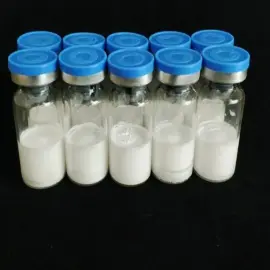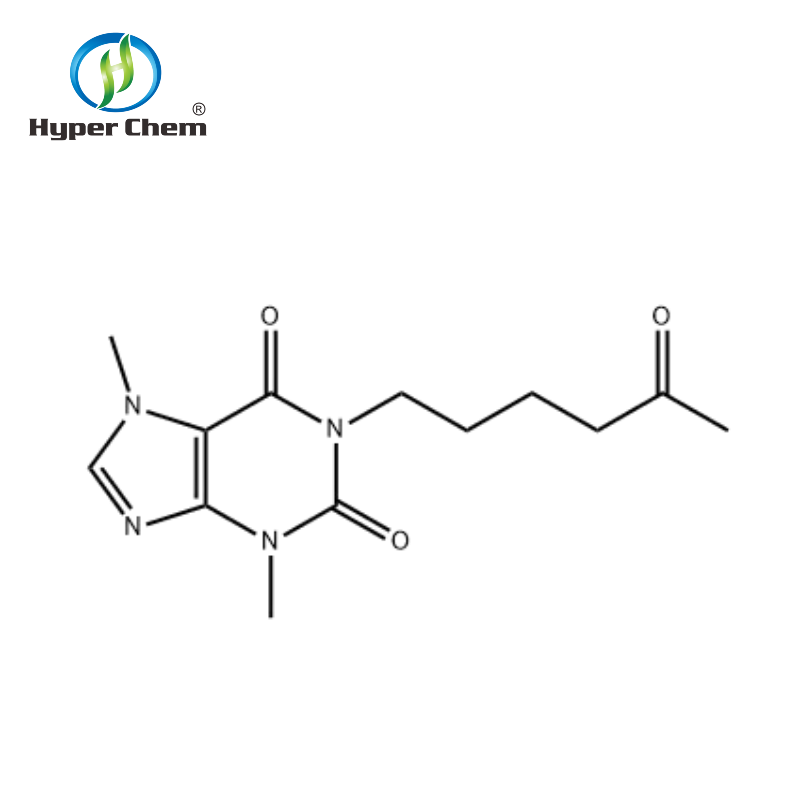-
Categories
-
Pharmaceutical Intermediates
-
Active Pharmaceutical Ingredients
-
Food Additives
- Industrial Coatings
- Agrochemicals
- Dyes and Pigments
- Surfactant
- Flavors and Fragrances
- Chemical Reagents
- Catalyst and Auxiliary
- Natural Products
- Inorganic Chemistry
-
Organic Chemistry
-
Biochemical Engineering
- Analytical Chemistry
-
Cosmetic Ingredient
- Water Treatment Chemical
-
Pharmaceutical Intermediates
Promotion
ECHEMI Mall
Wholesale
Weekly Price
Exhibition
News
-
Trade Service
Nicardipine hydrochloride is a calcium channel blocker medication that is primarily used to treat hypertension, angina, and certain heart rhythm disorders.
In the chemical industry, nicardipine hydrochloride is used as a raw material for the production of various chemical compounds and pharmaceuticals.
Nicardipine hydrochloride is synthesized by a series of chemical reactions that involve the condensation of several organic compounds.
The starting materials for the synthesis of nicardipine hydrochloride include diphenylamine and acetylsalicylic acid.
These compounds are reacted in the presence of a solvent, such as benzene or toluene, under conditions that favor the formation of the desired product.
The synthesis of nicardipine hydrochloride involves several steps, including the formation of a diethanolamine intermediate, which is then converted into nicardipine through a series of chemical reactions.
The final step in the synthesis of nicardipine hydrochloride involves the reaction of the nicardipine compound with hydrochloric acid to form the hydrochloride salt, which is the form of the drug that is used in pharmaceutical applications.
Once synthesized, nicardipine hydrochloride is typically purified through a series of chemical and physical processes.
This typically involves the use of techniques such as filtration, centrifugation, and chromatography to remove impurities and isolate the pure compound.
In chemical industry, Nicardipine hydrochloride is used as a intermediate for the synthesis of other pharmaceuticals and chemical compounds.
For example, it can be reacted with aniline to produce dehydroepiandrosterone, a chemical that is used to produce certain anesthetics, and it can also be transformed into other calcium channel blockers, such as diltiazem and verapamil.
Nicardipine hydrochloride is also used as a research chemical, which means that it can be used in scientific studies to investigate its properties and potential applications.
Researchers may use the compound to study its effects on cell function, to develop new chemical compounds, or to study its effects on different disease models.
In the pharmaceutical industry, nicardipine hydrochloride is used to produce medications that are used to treat a variety of conditions, including hypertension, angina, and certain heart rhythm disorders.
Nicardipine hydrochloride is typically prescribed for patients who have not responded well to other treatments, such as beta blockers or ACE inhibitors.
The use of nicardipine hydrochloride in the treatment of hypertension has been found to be effective in reducing blood pressure in patients with severe hypertension.
Studies have also shown that the use of nicardipine hydrochloride may be effective in reducing the risk of cardiovascular events, such as heart attack and stroke, in patients with hypertension.
In addition to its use in the treatment of hypertension, nicardipine hydrochloride has also been found to be effective in the treatment of angina.
Studies have shown that the use of nicardipine hydrochloride can increase blood flow to the heart, which can reduce the symptoms of angina, such as chest pain.
Nicardipine hydrochloride has also been found to be effective in the treatment of certain heart rhythm disorders, such as atrial fibrillation.
Studies have shown that the use of nicardipine hydrochloride can help to regular the heartbeat and reduce the risk of stroke in patients with atrial fibrillation.
In conclusion, Nicardipine hydrochloride is a calcium channel blocker that is used in the treatment of hypertension, angina, and certain heart rhythm disorders.
In the chemical industry, it is used as a raw material for the production of various chemical comp







